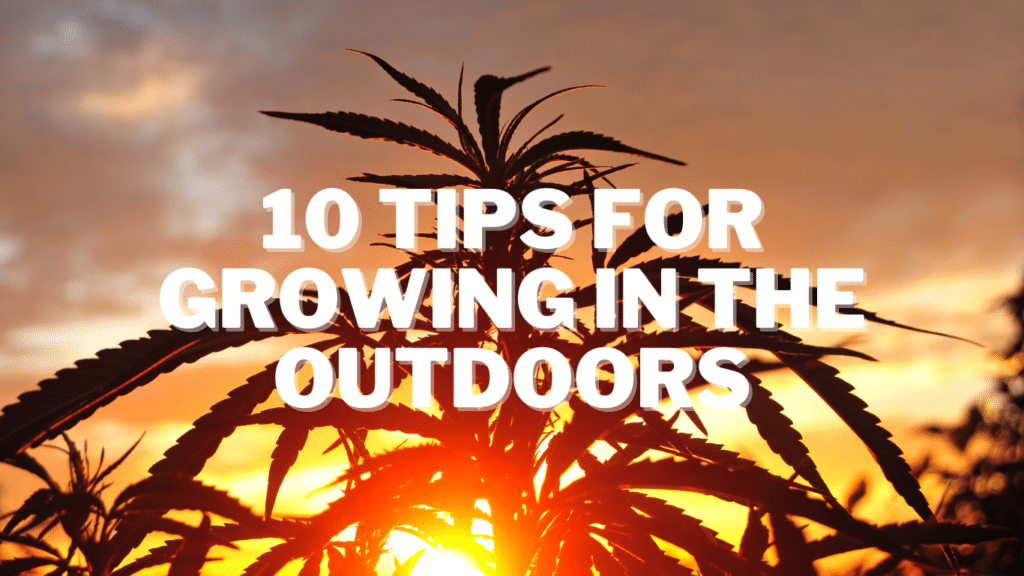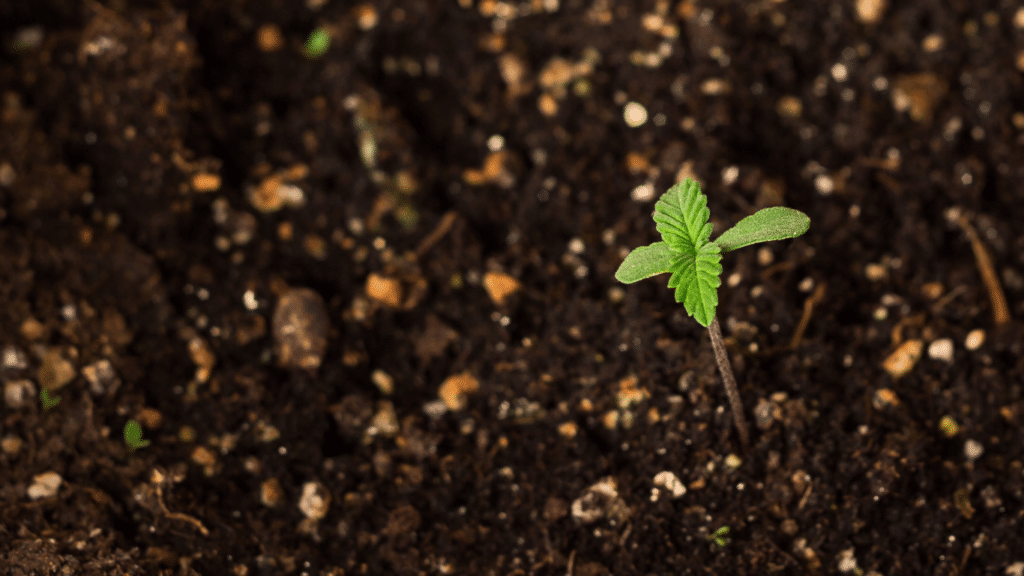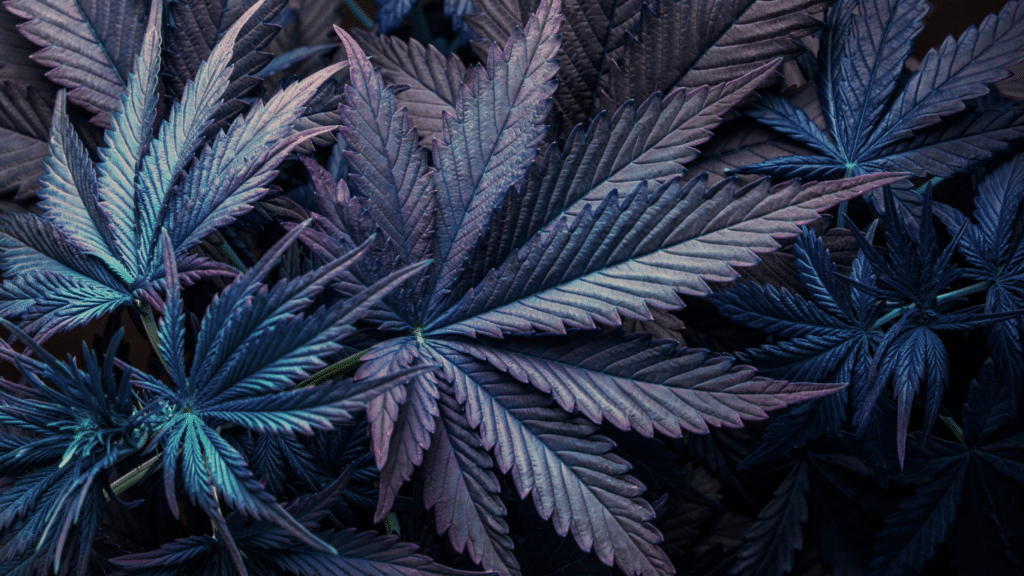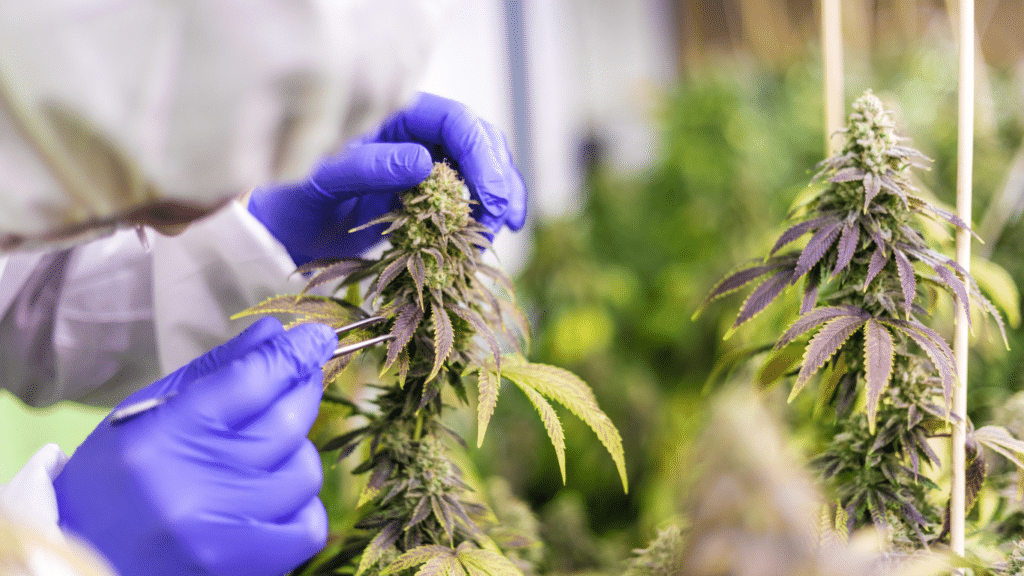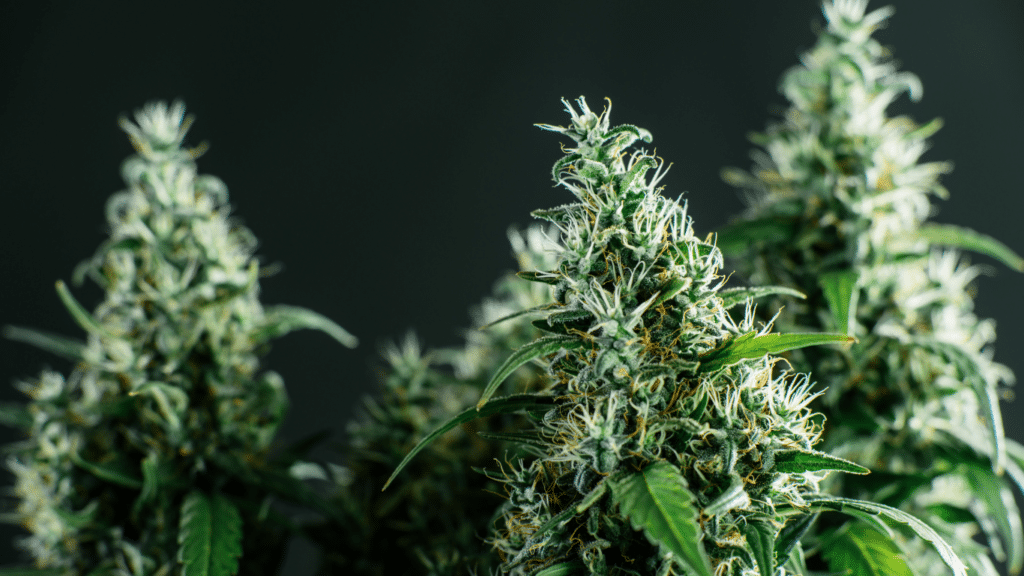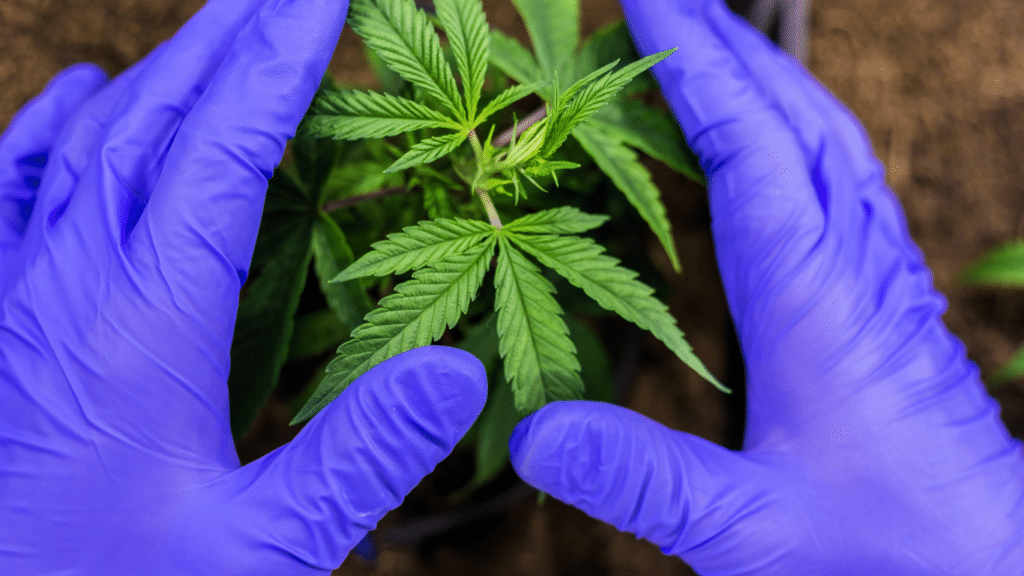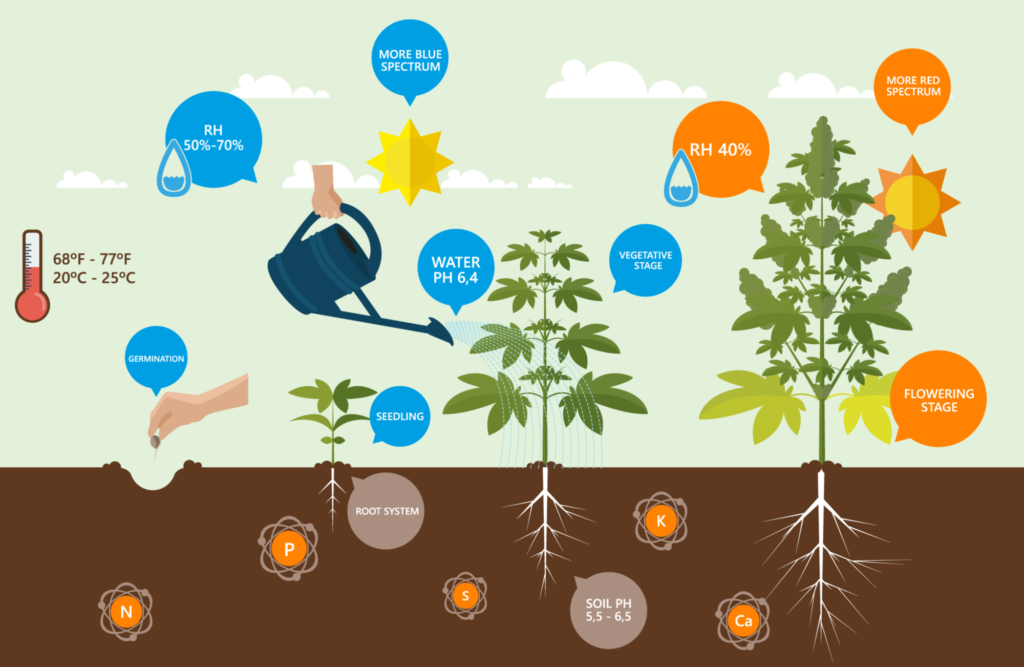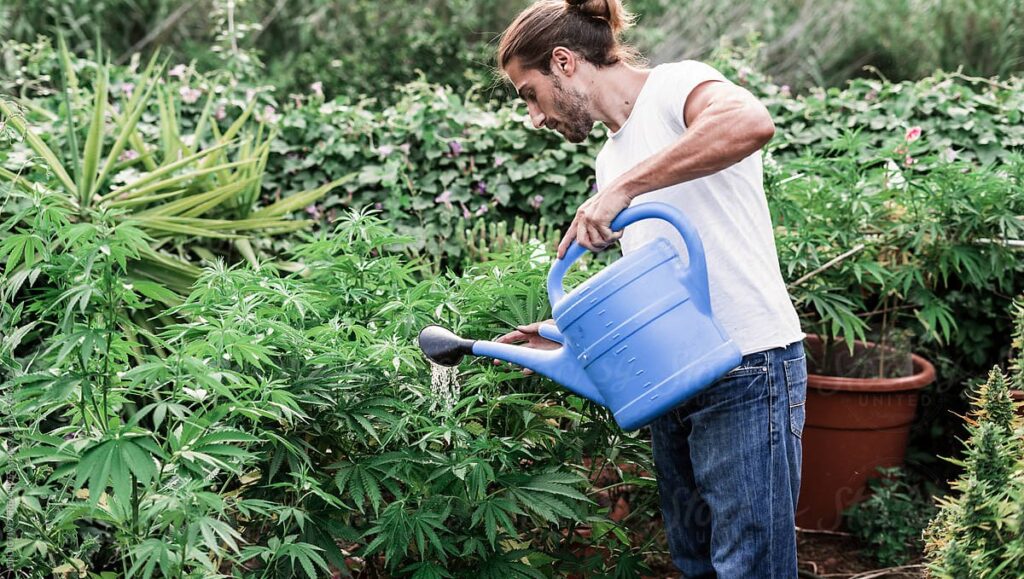Autoflowering Cannabis verstehen
Autoflowering-Cannabis ist eine beliebte Sorte unter Züchtern, weil sie nicht von Lichtzyklen abhängig ist, um zu blühen. Sie blüht in der Regel innerhalb von 8 bis 10 Wochen nach der Aussaat und hat einen kurzen Lebenszyklus von etwa 10 bis 12 Wochen vom Samen bis zur Ernte. Da autoflowering Cannabis eine begrenzte Wachstumsperiode hat, erfordert es eine andere Fütterungsstrategie als photoperiodische Sorten. In diesem Artikel besprechen wir die Vor- und Nachteile der Fütterung von Autoflowering-Sorten, die Auswahl der richtigen Nährstoffe und die Optimierung ihres Fütterungsprozesses.
Fütterung von selbstblühendem Cannabis: Dos und Don?ts
Die ersten und wichtigsten Do?s bei der Fütterung selbstblühendes Cannabis ist es, eine Überdüngung zu vermeiden. Diese Pflanzen sind klein und haben eine begrenzte Wachstumszeit, so dass zu viele Nährstoffe zu Nährstoffverbrennungen und anderen damit verbundenen Problemen führen können. Verwenden Sie stattdessen eine milde Nährstofflösung und erhöhen Sie die Dosierung schrittweise, wenn die Pflanze wächst. Ein weiterer wichtiger Punkt ist die Einhaltung eines pH-Wertes zwischen 6,0 und 6,5. Autoflower reagieren empfindlich auf pH-Schwankungen, und saure oder alkalische Erde kann zu Nährstoffmangel führen.
Auf der anderen Seite, die Don?ts der Fütterung selbstblühendes Cannabis Dazu gehören die Vermeidung von Leitungswasser und der Verzicht auf synthetische Nährstoffe während der Blütephase. Leitungswasser enthält Chlor und andere Chemikalien, die die Mikroorganismen der Pflanze schädigen und die Nährstoffaufnahme verringern können. Außerdem können synthetische Nährstoffe eine Nährstoffsperre verursachen und die allgemeine Gesundheit der Pflanze beeinträchtigen. Verwenden Sie stattdessen gefiltertes oder destilliertes Wasser und organische Nährstoffe.
Die Wahl der richtigen Nährstoffe für selbstblühendes Cannabis
Die Auswahl der richtigen Nährstoffe für Autoflowering Cannabis ist entscheidend für optimales Wachstum und Ertrag. Wie bereits erwähnt, werden organische Nährstoffe synthetischen Nährstoffen vorgezogen, da sie natürliche Mineralien enthalten und die Pflanze weniger belasten. Organische Nährstoffe verbessern auch die Bodenqualität und fördern die mikrobielle Aktivität, was die Nährstoffaufnahme stimuliert. Außerdem, Selbstblüher benötigen einen ausgewogenen Nährstoffgehalt Profil, das aus Stickstoff, Phosphor und Kalium besteht, aber in geringeren Anteilen als bei photoperiodischen Sorten.
Eine andere Art von Nährstoffen, die für Autoflowering geeignet ist, sind langsam freisetzende Nährstoffe. Diese Nährstoffe bauen sich im Laufe der Zeit allmählich ab und bieten der Pflanze eine konstante Nährstoffquelle. Langsam freisetzende Nährstoffe verringern auch das Risiko einer Überdüngung und sind ideal für Gärtner, die eine unkritische Vorgehensweise bevorzugen. Während der Blütezeit sollten Langzeitnährstoffe jedoch nicht verwendet werden, da sie möglicherweise nicht genügend Nährstoffe für eine optimale Knospenentwicklung liefern.
Optimieren der Autoflower-Fütterung: Tipps und Tricks
Autoflowering optimieren Die Fütterung erfordert viel Liebe zum Detail und ständige Überwachung. Ein Tipp ist die Verwendung von mikrobiellen Impfstoffen oder nützlichen Bakterien zur Verbesserung der Bodenqualität und der Nährstoffaufnahme. Diese Mikroorganismen bauen organisches Material ab, setzen Nährstoffe frei und schützen die Pflanze vor schädlichen Krankheitserregern. Ein weiterer Tipp ist die Blattdüngung mit einer Nährstofflösung während des Vegetationsstadiums. Die Blattdüngung gibt der Pflanze einen sofortigen Nährstoffschub und erhöht die Nährstoffaufnahme.
Zusätzlich, Autoflowering optimieren Bei der Fütterung wird die Nährstoffdosierung an das Wachstumsstadium der Pflanze angepasst. In der vegetativen Phase benötigt die Pflanze mehr Stickstoff für die Blattentwicklung, während sie in der Blütephase mehr Phosphor und Kalium für die Knospenentwicklung benötigt. Passen Sie daher die Nährstoffdosierung entsprechend an, um eine Überdüngung oder einen Nährstoffmangel zu vermeiden. Zum Schluss, Autoflowering optimieren Die Fütterung erfordert Geduld und Experimentierfreude. Jede Pflanze ist anders, und es kann einige Ernten dauern, bis die beste Fütterungsstrategie gefunden ist.
OUTRO:
Zusammenfassend lässt sich sagen, dass die Fütterung Autoflowering-Cannabis erfordert einen anderen Ansatz als photoperiodische Sorten. Um ihr Wachstum und ihren Ertrag zu optimieren, sollten Sie eine Überdüngung vermeiden, den pH-Wert aufrechterhalten, organische Nährstoffe verwenden und die Nährstoffdosierung an das Stadium der Pflanze anpassen. Denken Sie daran, geduldig zu sein und mit verschiedenen Fütterungsstrategien zu experimentieren, um diejenige zu finden, die für Ihre Pflanze am besten funktioniert. selbstblühendes Cannabis.

